"We can make all sorts of assumptions about the way technology is changing learning, but what does the science actually say? According to Alfred Spector, Google’s vice president of research, it says a lot. For example, virtual tutors have helped average students reach the top 2% of their course; video games provide immersive environments that take the bordedom out of studying; and social networks are being used to increase interaction between students."
|
|
Scooped by Beth Dichter |
Technology...some argue for it and others against it, but was does the research say? This post explores current research. Sections include:
* Better at maths, worse at reading - In short, "edtech applications boost mathematics achievement, especially when individualized computer-assisted instruction is involved."
* More games, bigger brains - Research shows that playing video games can make an impact on the brain. One study cited stated "a robust positive association between the cortical thickness and video game duration in teens who invested the most time in games." Two areas of the brain, the prefrontal cortex (responsible for decision making and self-control) and the Frontal Eye Fields (which govern visual-motor processing) showed cortical matter increases.
* Selective knowledge, shallow creativity - This section discusses how technology may make it easier for us to recall information. Are we potentially "outsourcing our knowledge to digital tools"?
What do you think? Many schools are moving towards 1-to-1 digital devices to help students learn. Will this improve their outcomes at school? This post explores some of the issues that may help us choose the best ways to use digital tools, and when it may be better to approach learning using other methods.



 Your new post is loading...
Your new post is loading...
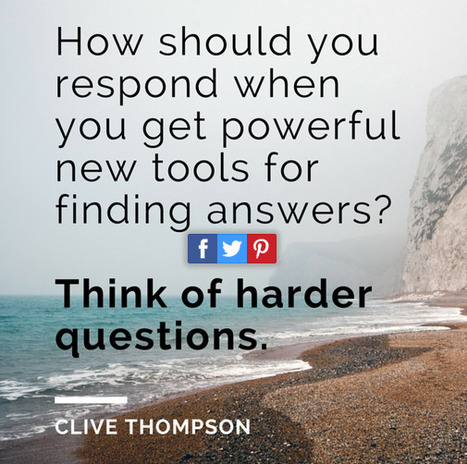

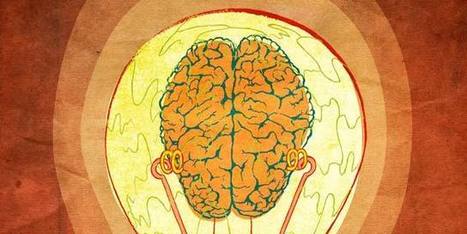

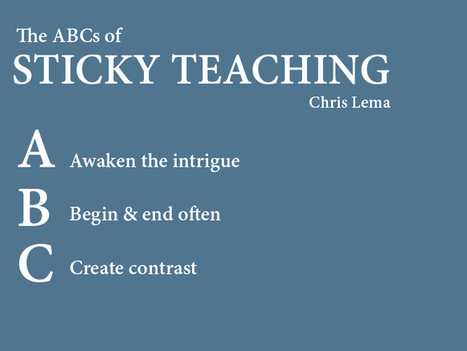

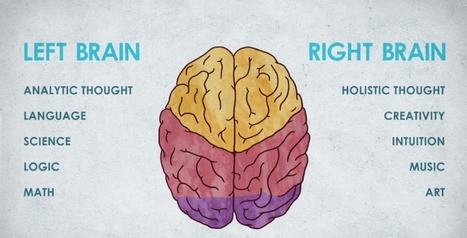
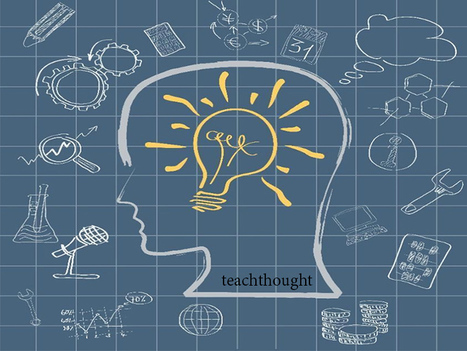



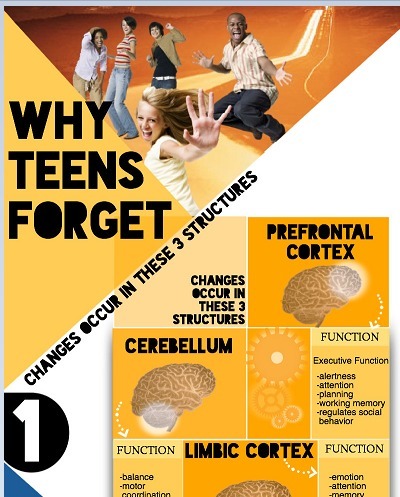



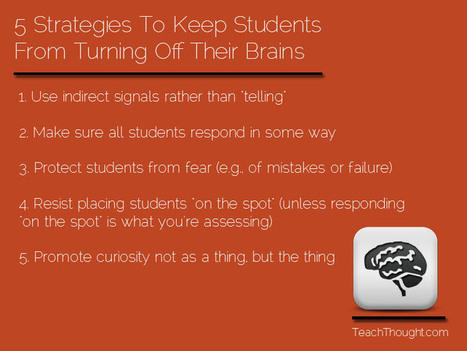




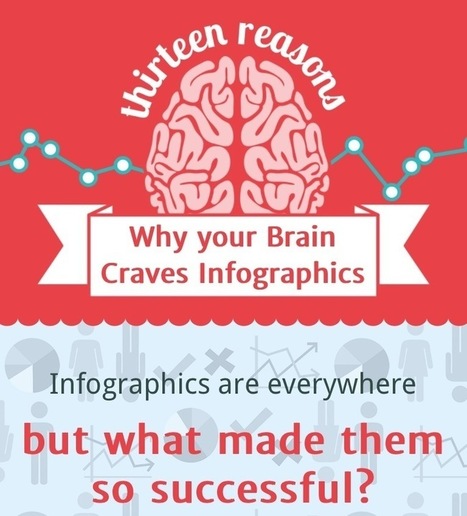

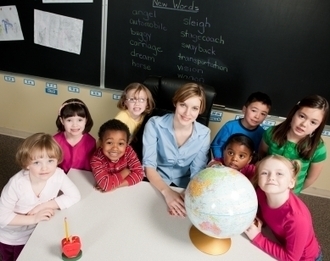

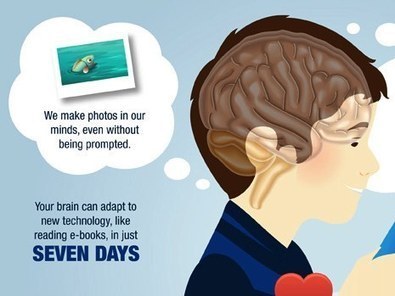


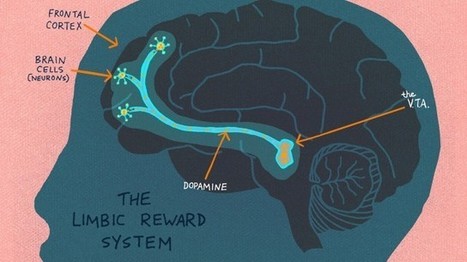


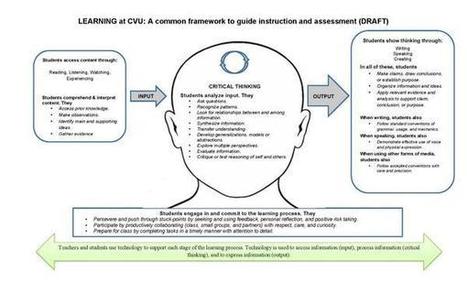

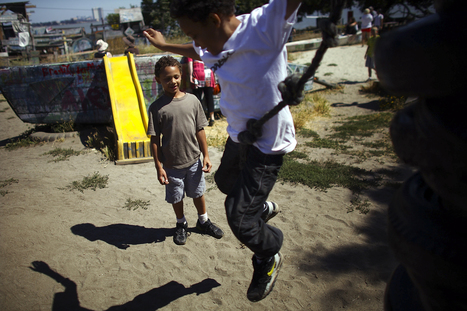
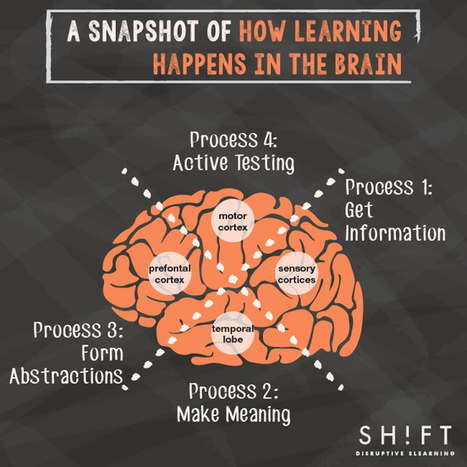

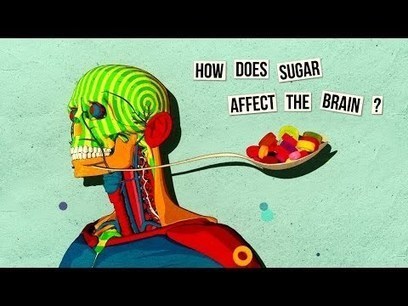





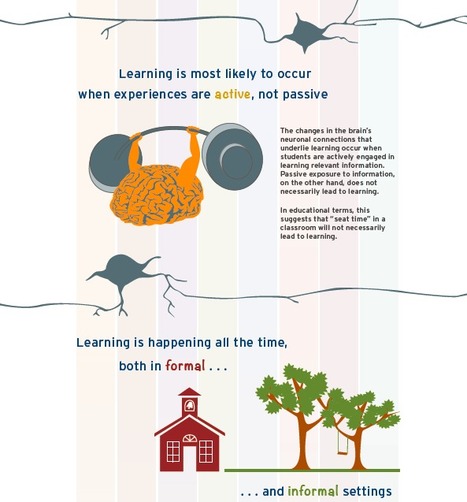



![The Internet May Not Be Doing Our Brains Much Good [Video] | Eclectic Technology | Scoop.it](https://img.scoop.it/QKpk_NmpOe4X88PIkk608Dl72eJkfbmt4t8yenImKBVvK0kTmF0xjctABnaLJIm9)








Technology...some argue for it and others against it, but was does the research say? This post explores current research. Sections include:
* Better at maths, worse at reading - In short, "edtech applications boost mathematics achievement, especially when individualized computer-assisted instruction is involved."
* More games, bigger brains - Research shows that playing video games can make an impact on the brain. One study cited stated "a robust positive association between the cortical thickness and video game duration in teens who invested the most time in games." Two areas of the brain, the prefrontal cortex (responsible for decision making and self-control) and the Frontal Eye Fields (which govern visual-motor processing) showed cortical matter increases.
* Selective knowledge, shallow creativity - This section discusses how technology may make it easier for us to recall information. Are we potentially "outsourcing our knowledge to digital tools"?
What do you think? Many schools are moving towards 1-to-1 digital devices to help students learn. Will this improve their outcomes at school? This post explores some of the issues that may help us choose the best ways to use digital tools, and when it may be better to approach learning using other methods.
adicionar sua visão ...